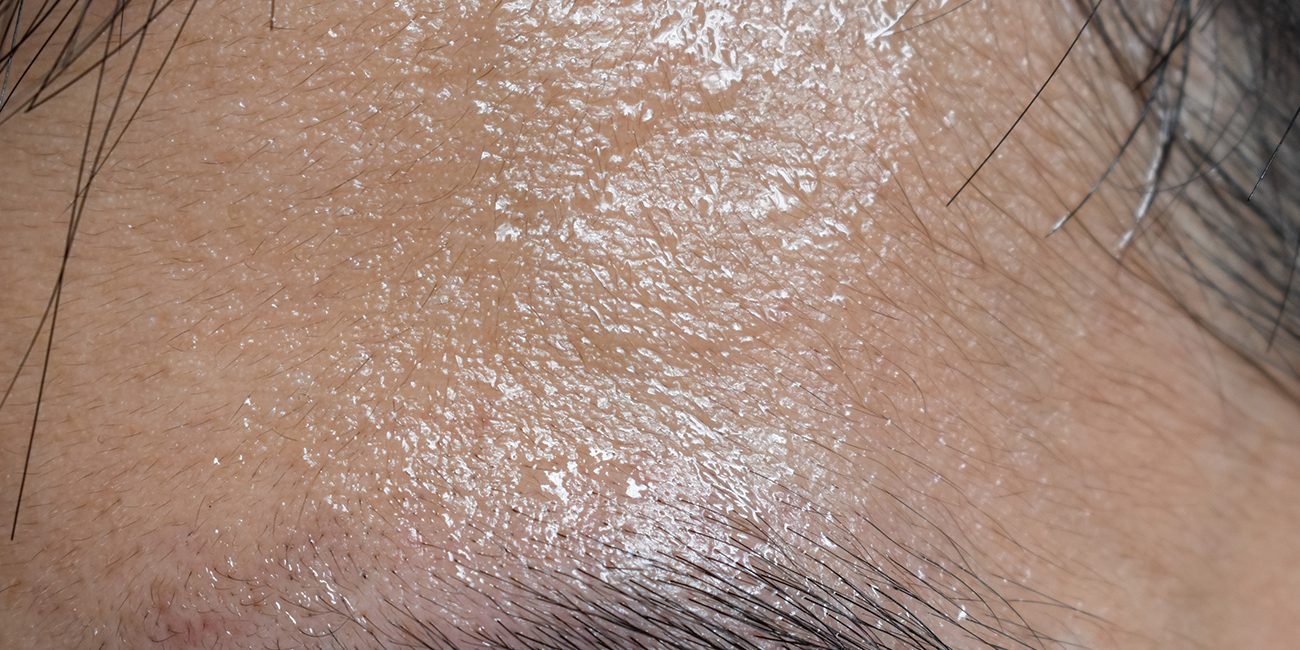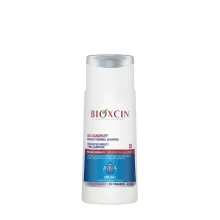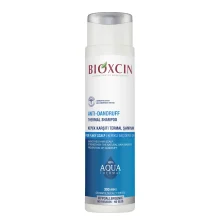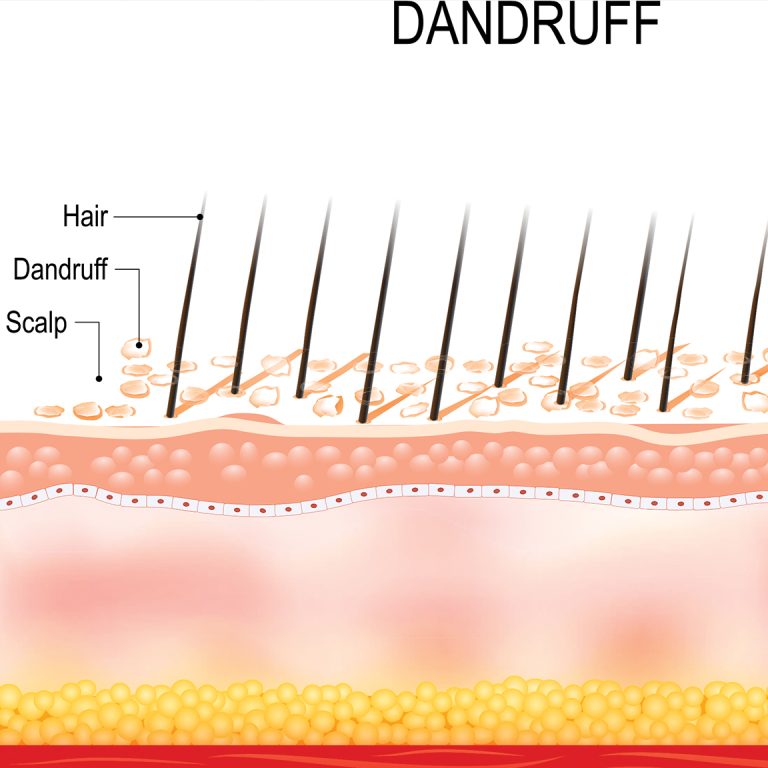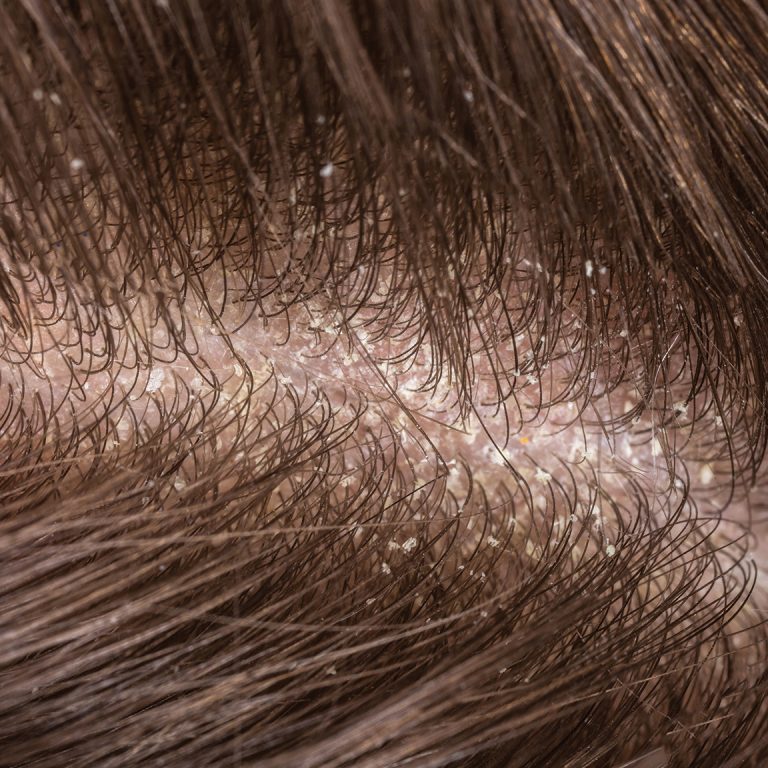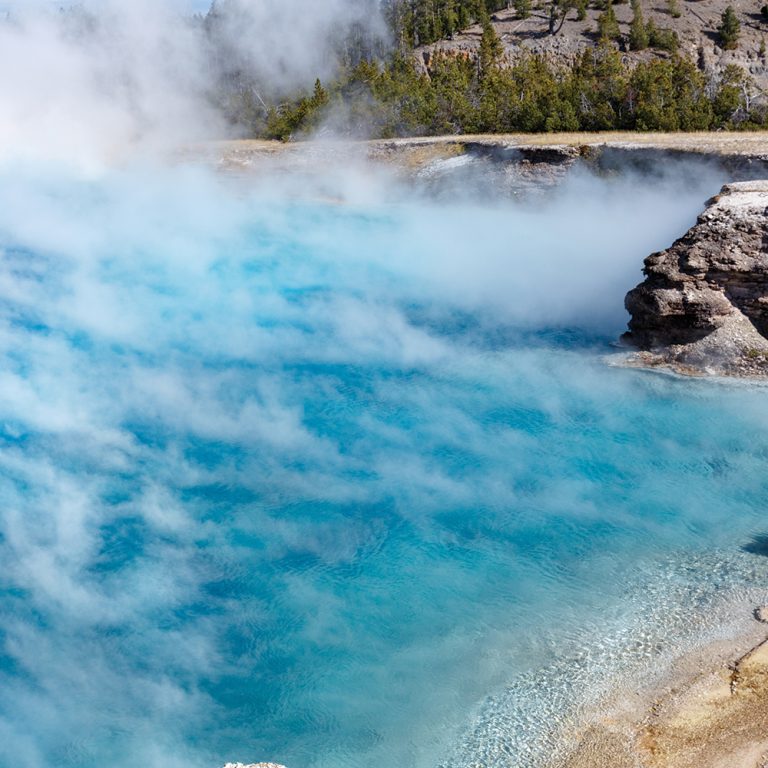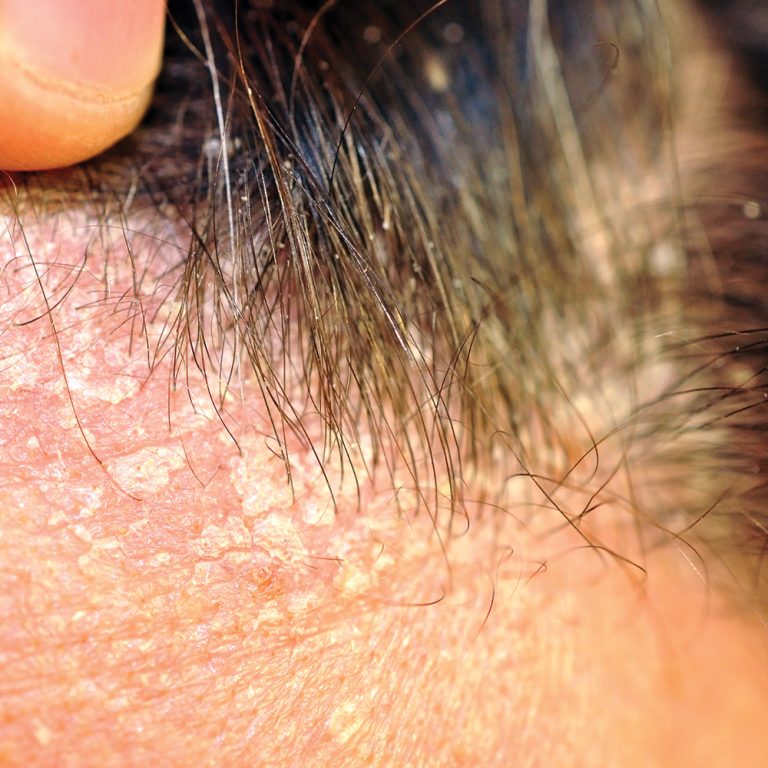A slightly oily scalp isn’t necessarily a bad thing. All scalps produce oil to some extent – known as sebum – with the purpose of hydrating and protecting your hair strands. Problems can occur, however, when oil production goes into overdrive or when oil isn’t cleaned away effectively, leading to a buildup.
In this blog, we explore ways you can treat an oily scalp to get back to having healthy, happy hair.
How to help an oily scalp
Oily scalps can be caused by a number of contributing factors – not necessarily a single, definitive cause. That can sometimes mean that in order to solve the problem, you may need to try multiple remedies. It all depends on your personal health and hair care routine.
Take a break from styling products
Styling products such as hair mousse or styling wax can be very effective in helping you to get the hairstyle you love, but using them excessively can sometimes result in a buildup of residue near your scalp. The roots of your hair can easily be missed or skipped over when washing your hair, so sebum, dirt, grime and product residue can easily build up over time.
To resolve this problem, start by taking a break from using styling products. This can make it easier to flush out the residue without continually adding more.
Next, wash your hair thoroughly to remove the current buildup. A clarifying shampoo can help you to get a deep, meticulous cleanse of your hair and scalp to help resolve oily scalp problems.
Then, make sure to clean any tools you use on your hair as well. From brushes and hair scissors to straighteners and hairpins, anything that goes into your hair can pick up oil and product residue. If you clean your scalp, but not these frequently used tools, you risk reintroducing the product buildup to your hair.
Wash your hair regularly
We’ve mentioned doing a deep cleanse of your scalp in order to remove a buildup of oils and product residues, but it’s also important to do a normal wash of your hair regularly to prevent such a buildup in the first place.
The ideal number of times to wash your hair each week depends on factors like hair thickness. If you’re unsure, it can help to ask a haircare professional for advice. Generally speaking, washing your hair two to three times a week should be ample for most hair types.
When lathering up your hair with shampoo, try to avoid scratching at your scalp with your fingernails or applying too much pressure with your fingertips. This kind of scalp stimulation can actually cause your scalp to produce more oil, which could lead to more buildups in the future.
Choose a deep cleansing shampoo
If you wash your hair two to three times a week with good technique, but still find your hair feels greasy or oily, it may be the case that you need a shampoo specifically catered towards an oily scalp.
A deep cleansing shampoo is designed to trap oils, residue and dirt by acting as an emulsifier. Gently massaging it into your scalp helps to achieve full coverage, ensures you don’t miss any areas, and can help to loosen grime from the surface of your scalp. Then, when you rinse your hair, the dirt and residue are washed away along with the shampoo.
Our Biotin Daily Shampoo is specially formulated to provide a deep cleanse, with allantoin, piroctone olamine and zinc to promote a healthy, hydrated scalp for less irritation. It also contains a range of nutrients including vitamins B6 and B3 to help regulate sebum production to avoid an oily scalp.
A shampoo with natural ingredients like those discussed above will help to nourish and nurture your hair. Steer clear of shampoos with harsh ingredients like sulphates, parabens and phthalates, as these can strip the scalp of moisture and cause excessive oil production in response.
Use a lightweight conditioner
If you have an oily scalp, you may be tempted to skip conditioner. After all, you don’t need more moisture in your hair, right?
In actual fact, conditioner is just as necessary for oily hair as it is for any hair type. Avoiding conditioner can lead to a dry scalp, which could lead to an over-production of sebum as a countermeasure.
Instead, the key is to strike a healthy balance. Choose a light conditioner that will moisturise your strands, but steer clear of deep conditioners meant for very dry hair as these can be too heavy for oily scalps and may lead to a buildup of oil and product residue.
Crucially, your conditioner-applying technique can be just as important as the kind of conditioner you choose. If you have an oily scalp, avoid applying conditioner directly to your scalp. Instead, apply it to the ends of your hair. This helps to ensure that your scalp doesn’t get clogged with excess product residue.
Once you’ve allowed your conditioner to sit for a few minutes – check your chosen product for specific timings – rinse thoroughly to ensure all of it gets washed out of your hair. In some cases, your hair might feel oily due to leftover conditioner clinging to your hair strands.
To add moisture to the scalp itself, a hair serum like our Collagen and Biotin volumising hair serum can be helpful. Applied outside of the shower, this product helps to nourish the hair and scalp to balance sebum production and reduce oiliness.
An oily scalp can be frustrating, but there are plenty of things you can do to help resolve the problem. From choosing the right shampoo and conditioner to improving your hair washing techniques, combatting an oily scalp is all about perfecting your hair care routine to suit you.
DISCOVER OUR
POPULAR PRODUCTS
Bioxcin | AQUA THERMAL DS
Eliminates extreme dandruff and promotes a healthy scalp.
Bioxcin | AQUA THERMAL
Removes dandruff and supports
a healthy scalp.
